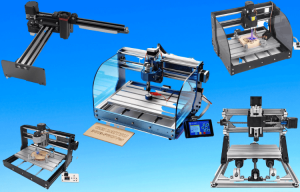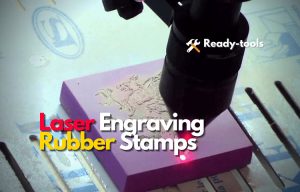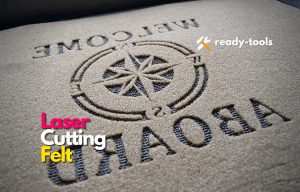Look around; you will notice that most of the objects around you are either made of plastic or have at least two plastic parts. The cheap plastic, inert nature, and cheap production cost make plastic the most favored material for manufacturers.
In this regard, heavy-duty PVC or common Vinyl plays a leading role in several industries. Obviously, plastic products require labeling, branding, and engraving. So, people are often wondering if laser cutting vinyl is even possible? If you have the same question, I suggest that you fully read this article.
What is Vinyl?
Vinyl is an artificial synthetic material derived from ethylene (the byproduct of crude oil) and chloride (derived from table salt and some greens). The combination of both these ingredients produces Polyvinyl Chloride or PVC resins.
Vinyl was invented in 1920 with the idea to provide a cheap, durable, and easily available material for everyday products. The invention was a success, and today, PVC is the second-largest manufactured plastic resin in the world. Almost 70% of plastic products have PVC resins in them.
Can you Cut Vinyl with a Laser Cutter?
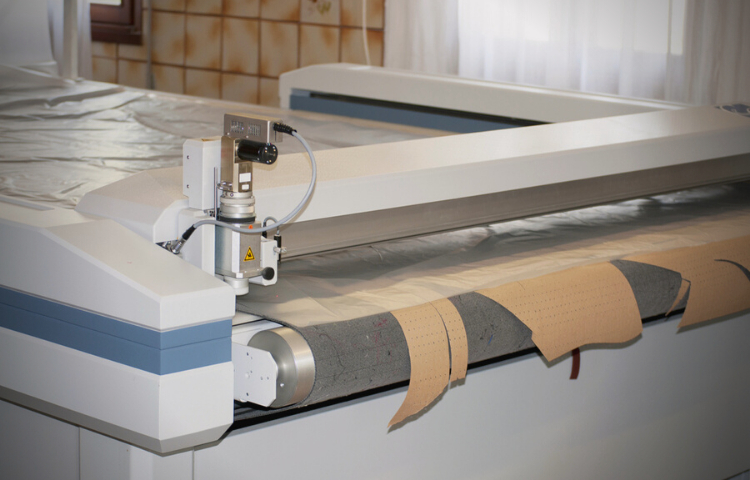
One can easily understand all about PVC laser cutting in just two simple questions. The first one is ‘Can you laser cut vinyl?’ Yes, you can easily cut vinyl and other PVC products with a CO2 laser machine. Even a 20W CO2 laser is sufficient for quickly vaporizing the material.
Now for the second question, ‘Is laser cutting PVC safe?’ The answer is a big NO. The powerful laser beam acts to quickly melt vinyl which results in the production of several toxic gases and chemical fumes. Among them, Vinyl dioxin and Vinyl chloride are the most common. These gases can severely damage human health and may even damage expensive laser machines.
So, what are your options? You can either use a laser cutter specially designed for cutting vinyl or heat transfer vinyl, a laser safe vinyl. In any case, it is not recommended to use a typical laser cutter with standard vinyl.
How do Vinyl Cutting Machines Work?
If you choose to stay with the laser cutter for the vinyl option, this part is for you. The machine is based on a simple yet effective principle. It uses sharp knives to precisely cut the vinyl without producing any toxic byproducts. The knife is laser guided to cut complex designs, stickers, and logos with the machine.
Moreover, a single vinyl cutter is suitable for several plastic materials. In short, if you work on plastic products, I suggest that you choose the Glowforge vinyl laser cutter.
How to Stay Safe While Laser Cutting Vinyl?
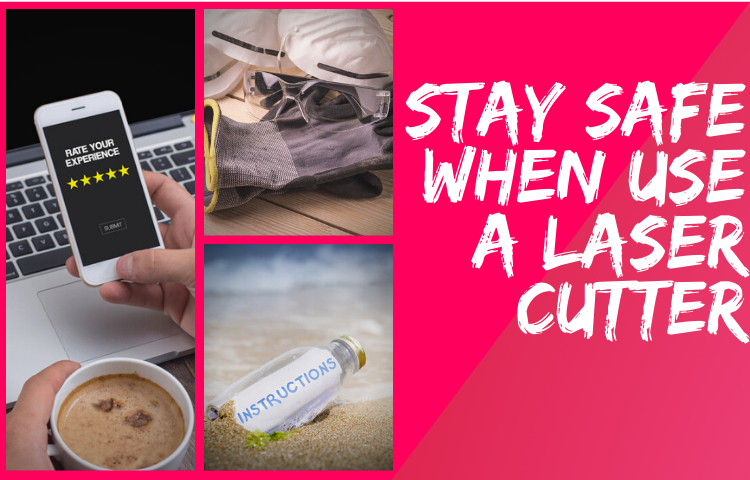
Laser cutters are very effective equipment for accurately cutting and engraving materials. Nowadays, almost every brand uses laser cutting in their products to imprint information and cut complex designs. However, the laser module of this machine is very powerful and can lead to heavy damage if not handled with care. Here are a few tips that will keep you safe during laser cutting:
- Don’t use the laser cutter without any experience. You can attend special classes or hire a professional to get some experience before trying to design yourself.
- Always monitor the laser cutter while it is at work. Although modern laser machines are automatic and computer-controlled. Still, it is just a machine that can deviate from its path in no time. So, it is recommended never to keep your laser cutter unattended.
- Always follow the instructions. The laser machine uses software and sensors to identify its location and the current progress. So, manufacturers provide a list of compatible materials for their devices. It would be best only to use your laser cutter with the recommended materials.
- Follow the safety precautions. When using a laser cutter, always wear protection gadgets like safety goggles, masks, and gloves. Moreover, modern laser cutters have a protection lid that prevents any leakage of radiation, fumes, and molt from the work area. So, you should always keep the lid closed when using a laser cutting machine.
What About Vinyl Records?
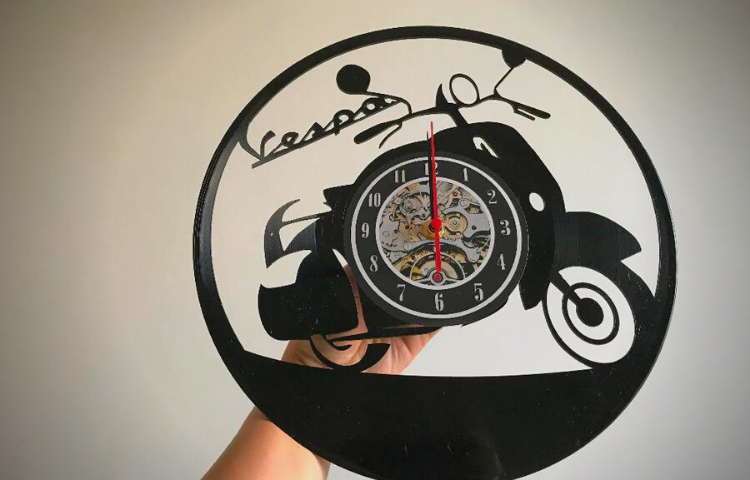
Vinyl records are made from ordinary PVC rather than heat transfer vinyl. So, using any laser machine is not an option. If you cut vinyl records with a laser engraver, you will end up producing toxic gases and fumes. These fumes can severely damage your health and the machine even if you have a proper ventilation system. However, you can use a special machine like Glowforge stickers cutter to cut vinyl in complex designs mechanically.
Related Post: Will Glowforge Cut Metal?
Frequently Asked Questions:
What thickness of vinyl cutting should be used for laser machines?
Usually, vinyl cutter blades have a length of 1mm. So, it is safe to use your vinyl laser machine for material with thickness less than 1mm. However, using a 1mm thick PVC with the machine is not recommended as the knife may get jammed.
Which gas is formed when cutting vinyl with a laser cutter?
Vinyl or Polyvinyl chloride (PVC) is a synthetic compound produced with ethylene and chloride. Burning vinyl with a laser cutter results in the production of:
1. Vinyl chloride
2. Vinyl dioxin
3. Ethylene
4. Corrosive hydrogen gas
What wattage for cutting vinyl with lasers?
You can use any modern CO2 laser machine to cut vinyl and heat transfer vinyl. Usually, you need at least 20-30 watts laser cutter to engrave and cut vinyl. As modern CO2 lasers have 40W power, you can use any laser cutter for the job.
Conclusion:
Vinyl is the second-largest plastic resin in the world. It is widely used in manufacturing plastic products as it is a cheap, easily accessible, and durable material. Manufacturers use different methods to cut, mark, and engrave their PVC products.
However, laser cutting vinyl is not safe in any case as it results in the production of toxic gases and fumes. Therefore, it would be best only to use a special vinyl cutter for the project.

